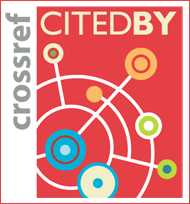ISSN : 1226-7155(Print)
ISSN : 2287-6618(Online)
ISSN : 2287-6618(Online)
Association between Amalgam Tooth Fillings and Blood Mercury Levels in Children
(received May 23, 2011 ; revised July 7, 2011 ; accepted August 23, 2011)
Abstract
The notion that dental amalgam is a potential source of mercury exposure remains a controversial issue. However, there are few epidemiological analyses that have addressed whether this occurs in children. We aimed in our currentstudy to identify the relationship between dental amalgamfilling surfaces and the blood mercury levels in a cohort of 711South Korean children aged between 8-9 years. Oralexaminations were conducted to detect the number ofamalgam filling surfaces on the teeth of these individuals.Blood samples were also taken from these children to assessthe levels of mercury accumulation in the body. The amalgamfilling surfaces were classified into four groups based on theirnumber: 0 (n = 368), 1-5 (n = 219), 6-10 (n = 89), and 11+ (n =35). The blood mercury levels in the children with more than10 amalgam surfaces was 0.47 μg/L higher on average thanthose with no amalgam surfaces after adjusting for thefrequency of fish or seafood consumption, age, and gender(P < 0.05). We found from our data that a higher number ofdental amalgam fillings correlated with a higher bloodmercury level in Korean children. Further studies are neededto investigate whether these elevated mercury levels exertneurotoxic or nephrotoxic effects.
- 36-3-6.pdf318.4KB









